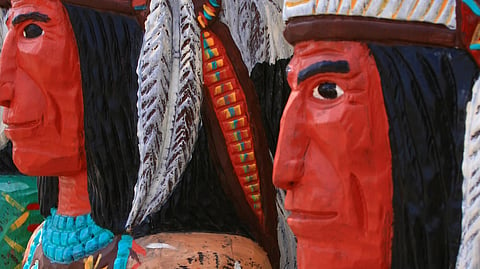Indigenous Corporate Training
Opinion
FLANAGAN: Indigenous 'reconciliation' isn’t working... but here’s what might
'Trudeau’s decade of performative apology has failed to deliver results. Economic development, not grievance politics, should lead indigenous policy reform.'


